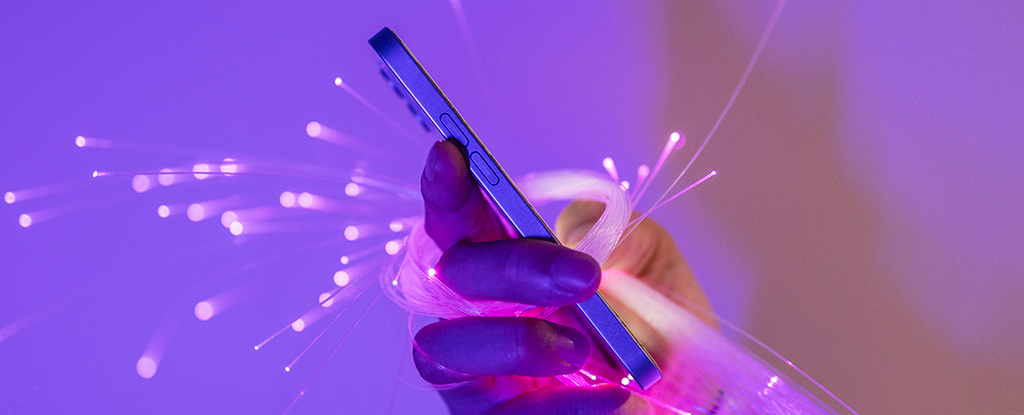Fifth-generation or ‘5G’ connectivity for cellular technology has only been the standard for networks for around five years, but with 6G already on the horizon, developers are looking for ways to take full advantage of the next generation’s expansive bandwidth.
A technology demo carried out in Japan has shown a prototype wireless device reaching 100 Gbps data transfer speeds, which is 10 times faster than 5G at its peak, and 500 times faster than an average 5G smartphone.
A two-hour, medium-quality Netflix movie streamed to a phone is around 1.5 GB in size, so in practical terms we’re looking at being able to shift eight or nine of these films every single second.
The result of extensive research and development by Japan’s telecommunications company NTT, the Japanese mobile phone operator DOCOMO, and electronics corporations NEC and Fujitsu, the device makes use of high frequency bands in the 100 GHz and 300 GHz range, allowing it to pack in significantly more data than previous generation standards.
It’s a work in progress with a current trade-off in terms of range, but the experiment showed a stable connection over 100 meters (328 feet). Advances in communications technology will in fact need different forms of transmitters and receivers as the 6G network is eventually built out, much of it relying on innovations like this.
Speaking of hardware, it’s worth noting that this demo required a lot of state-of-the-art equipment. As the technology is developed though, the size and the costs of that equipment is gradually going to come down.
It’s also important to remember that the 10 Gbps top speed for 5G is a technical ceiling, under perfect conditions, using the most powerful and well-optimized hardware. According to Opensignal, the average 5G speed for smartphones on T-Mobile in the US – the country’s best carrier for 5G speeds – currently comes in at 186.3 Mbps.
In other words, 6G promises vastly improved speeds. That’s going to be useful in everything from high-resolution movie downloads to communications between autonomous vehicles, according to the researchers.
As with 5G, there will also be a leap forward in terms of bandwidth, or network capacity: more devices able to stay connected at the same time. If you’ve ever lost phone signal at a packed concert or sports game, you’ll be familiar with network congestion, and that’s something that 6G should all but eliminate.
In certain situations, we might see 6G make Wi-Fi largely redundant, something that has already started to happen with 5G. There might be no need to run a physical cable up to the front door of your home or office.
Looking at it more broadly, think about many more devices getting online at faster speeds, packed with more components and sensors that can talk to the web (and to each other). Nokia estimated that 6G might be commercially available by 2030.
In the meantime, we’ll have to put up with the ‘new’ 5G networks that already seem almost sluggish by comparison of what’s to come.





